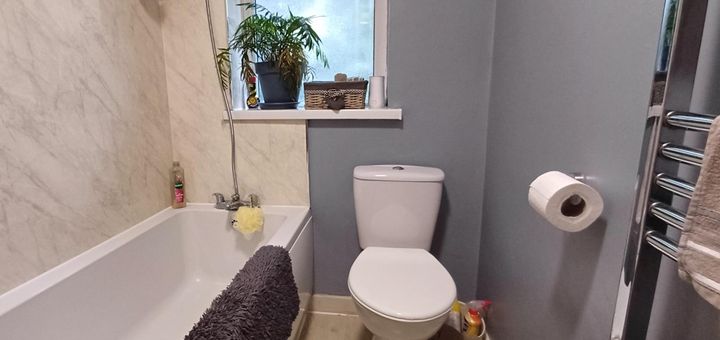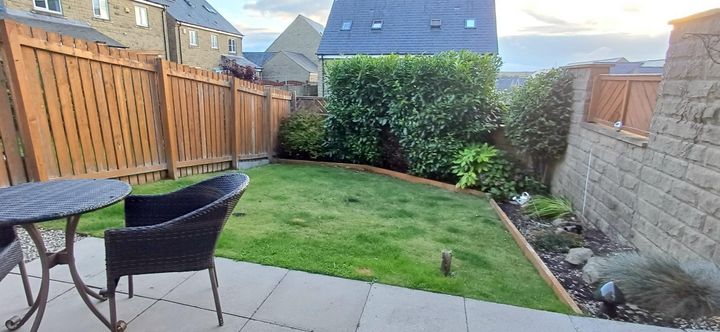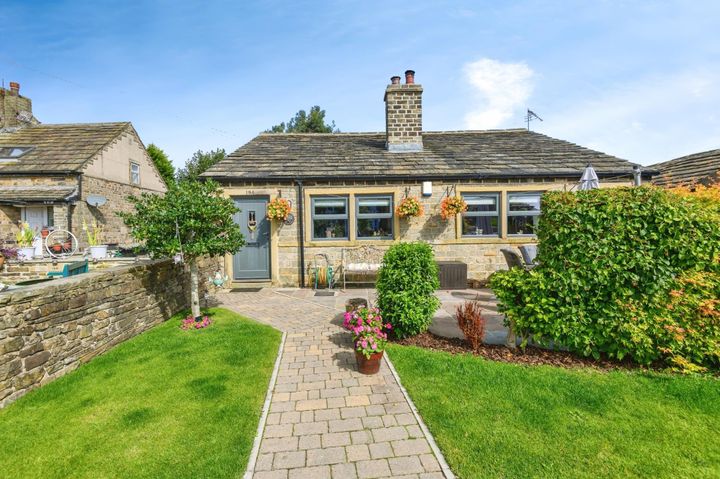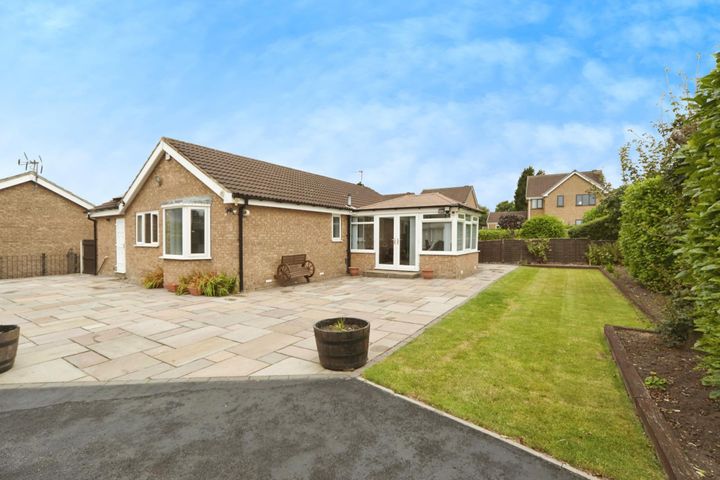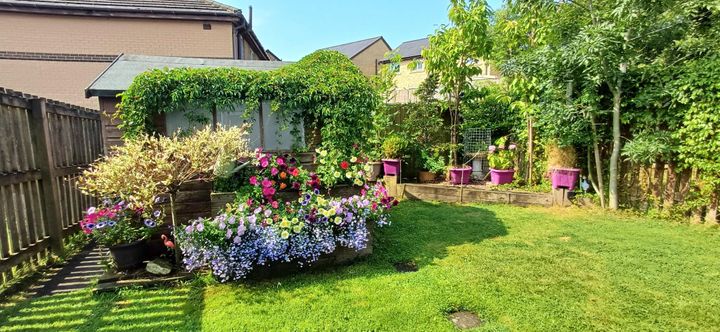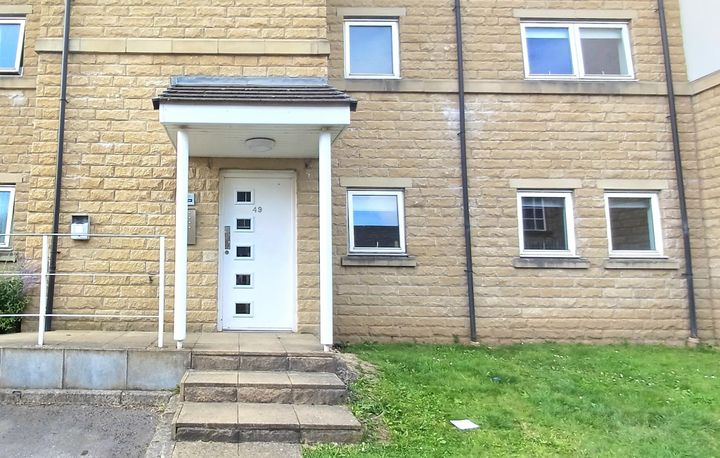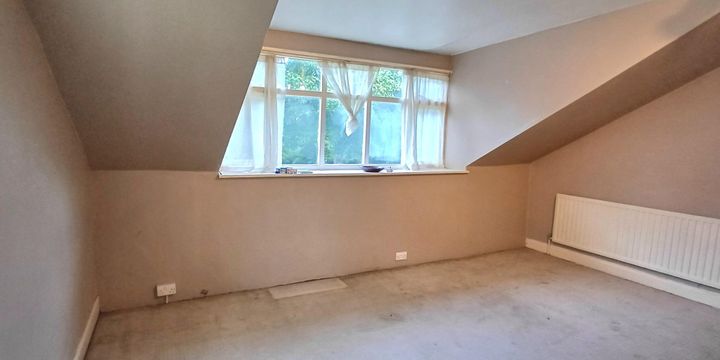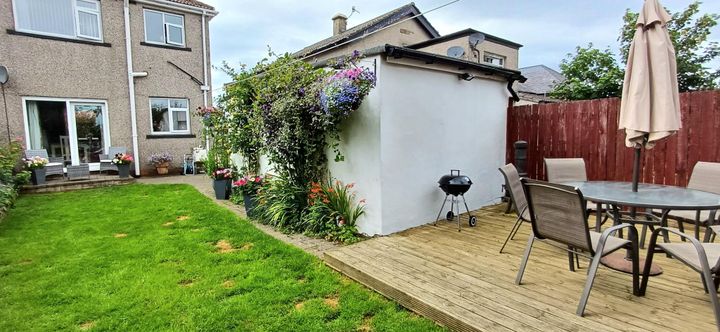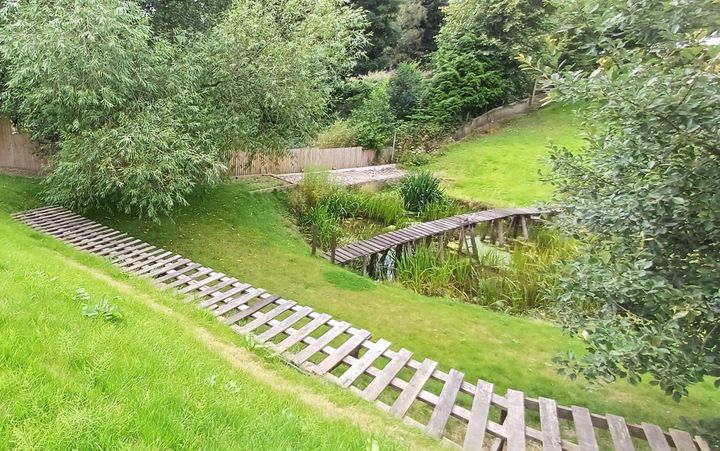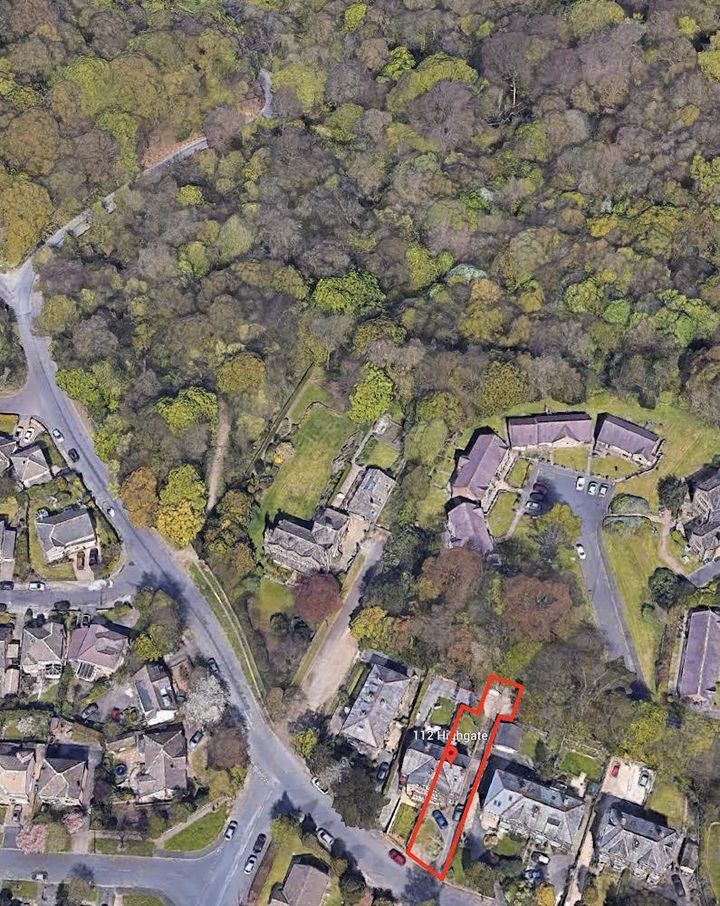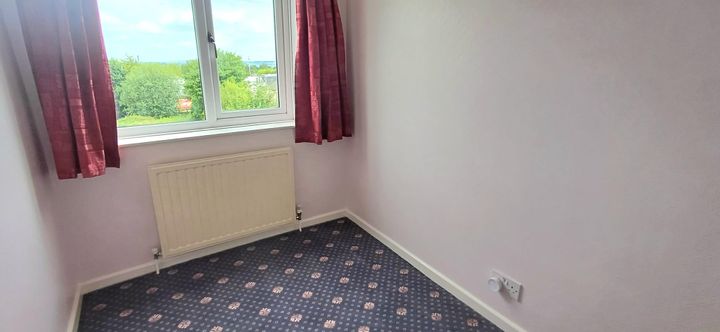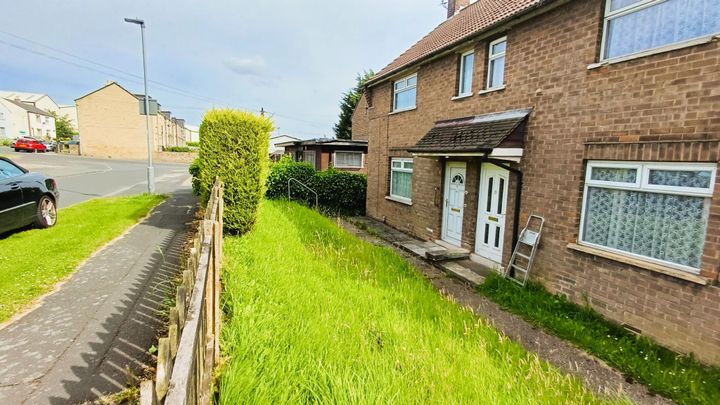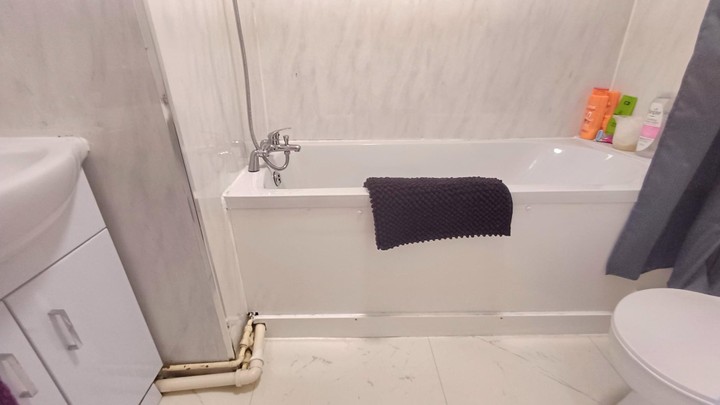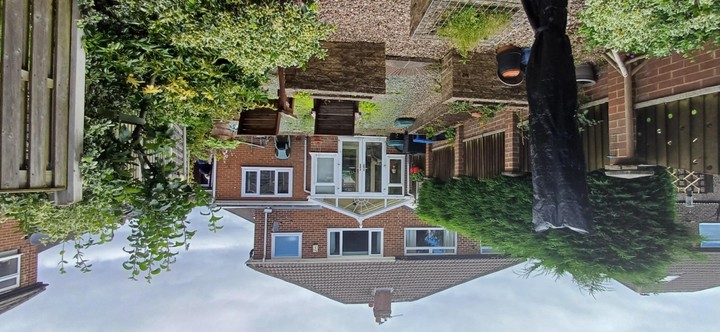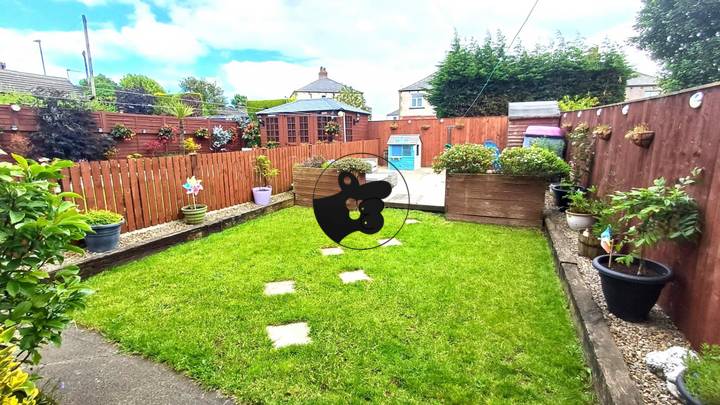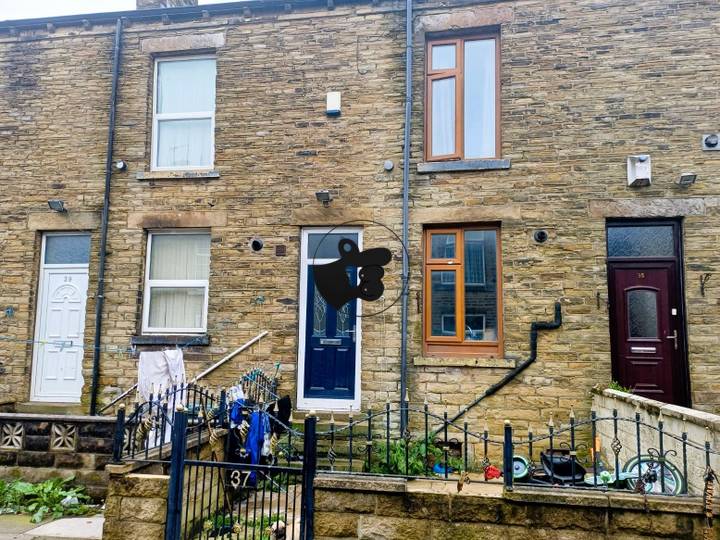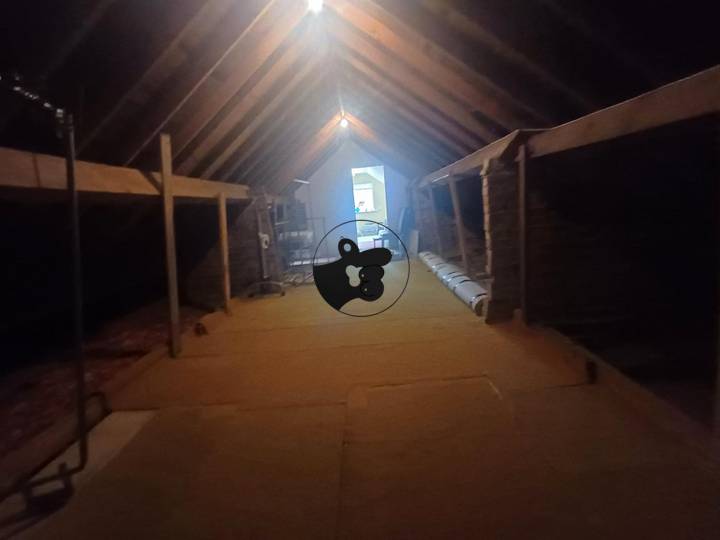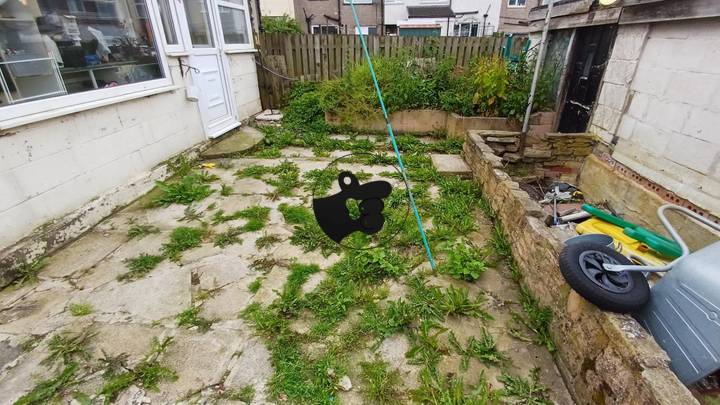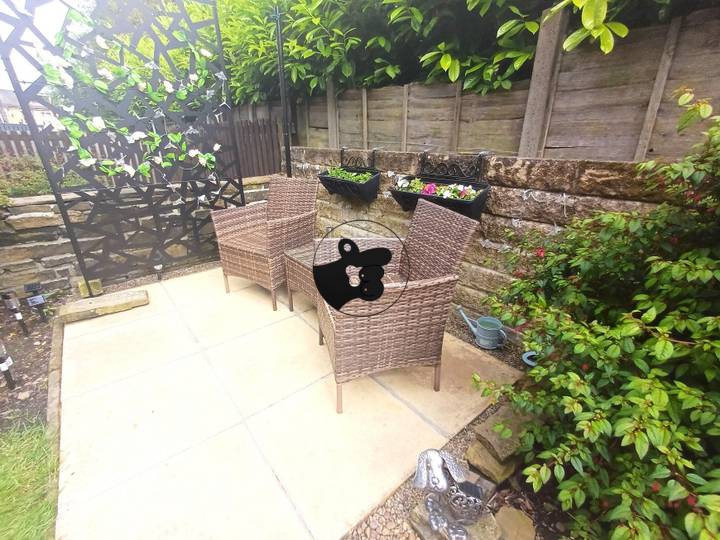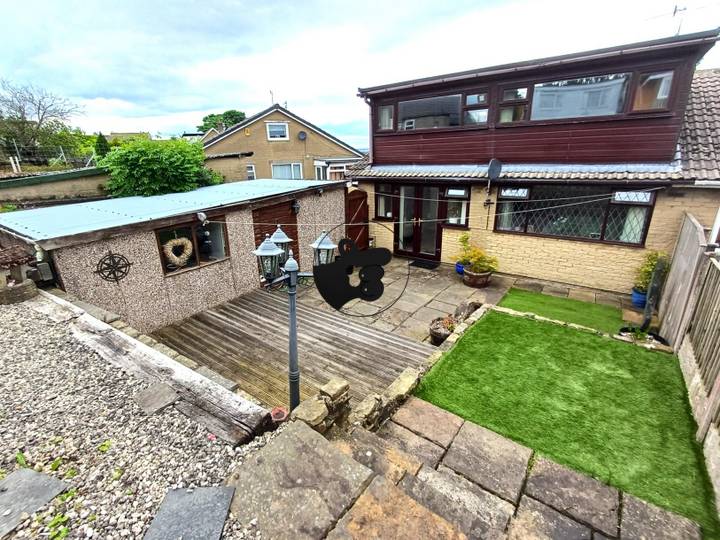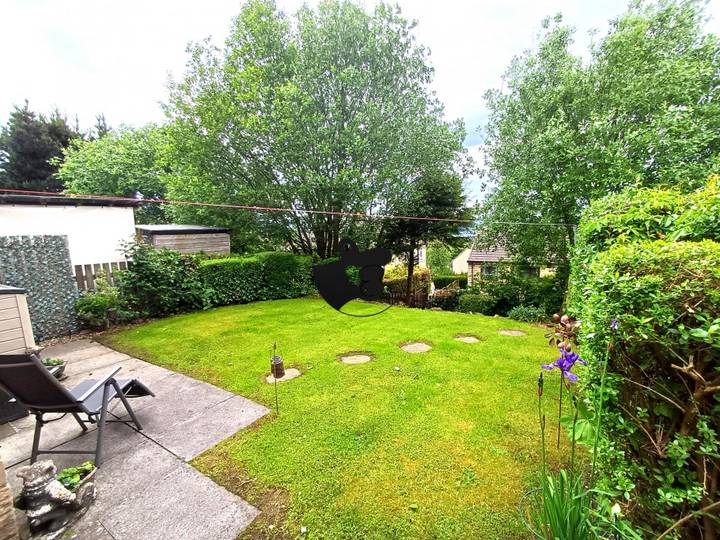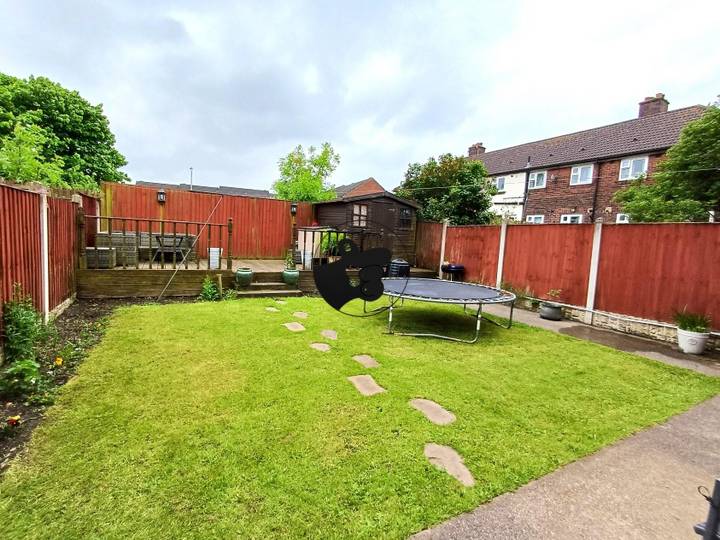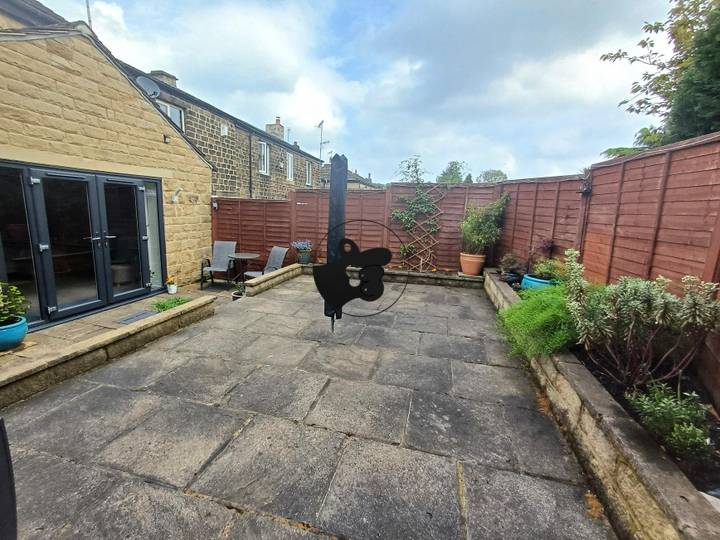Over the past five years, real estate prices in Bradford have experienced a notable upward trend, driven primarily by increased demand and limited housing stock. In 2018, the average property price in Bradford was around £140,000, but by 2023, that figure had risen to approximately £194,000. Areas such as Shipley and Bingley have seen significant appreciation, with some properties in Shipley witnessing price hikes of over 25%. The growing popularity of Bradford as an affordable alternative to nearby cities like Leeds and Manchester, along with ongoing investments in local infrastructure and amenities, has enhanced its appeal. Moreover, the rise in remote working has led to an influx of professionals seeking more spacious homes, further driving competition and pushing prices higher.
Bradford
Location
Price Range
Any price
Price Range
Minimum
No min
Maximum
No max
Property type
Show all
Property type
Show all
House
Apartment
Building
Other
Bedrooms
Any beds
Bedrooms
Minimum
No min
Maximum
No max
Surface Range
Any surface
Surface Range
Minimum
No min
Maximum
No max
Sale type
For sale
Sale type
Show all
To rent
For sale
Location
Apartments and houses for sale in Bradford
26 results
Recent
Bradford insights
| Aspect | Summary |
|---|---|
| Population | 537,000 (approx.) |
| Average Property Price | £180,000 |
| Rental Yield | 6.5% |
| Average Rent | £950 per month |
| Occupancy Rate | 95% |
| Capital Growth Rate | 3.2% annually |
| Property Tax | 1.2% of property value |
| Transaction Costs | 3-5% of property value |
| Expected ROI | 7.5% per annum |
| Economic Growth Impact | Positive outlook due to ongoing developments |
Bradford FAQ
How have real estate prices in Bradford changed over the past five years?
What are the average real estate prices in Bradford compared to nearby areas?
Average real estate prices in Bradford are generally lower than those in nearby areas such as Leeds and Manchester. As of late 2023, the average house price in Bradford hovers around £170,000, compared to Leeds, where the average is approximately £240,000, and Manchester, which sees averages around £260,000. In Bradford, the price per square foot is often around £130, whereas in Leeds and Manchester, it can reach £180 and £200 respectively. Specific neighborhoods in Bradford, like Little Germany and Eccleshill, have prices that reflect historic charm and emerging demand, averaging around £150,000, while areas in suburban Leeds see starter homes beginning from £200,000. The discrepancy highlights a varied market landscape, with broader economic factors influencing these prices across West Yorkshire.
What factors influence real estate prices in Bradford?
Real estate prices in Bradford are influenced by several key factors, including location, economic conditions, and local amenities. Areas closer to the city center, like Little Germany and Lister Park, typically command higher prices due to their accessibility and charm. Economic factors, such as employment rates and average income levels in the region, also play a significant role; for instance, neighborhoods with proximity to major employers or successful businesses, like the Bradford City Centre, may see increased demand and higher prices. Additionally, local amenities, such as schools, parks, and shopping facilities, impact desirability; homes near well-rated schools like Richard Dunn Sports Centre or Undercliffe Park can attract families and raise property values. Transport links, including proximity to the M62 motorway and Bradford Interchange railway station, further affect pricing, making areas with convenient access more sought after. Lastly, market trends, including buyer sentiment and housing supply levels, continually shape property values as fluctuations in demand can lead to rapid price changes.
Is now a good time to buy property in Bradford?
Buying property in Bradford at this time can be influenced by several factors. The city's housing market has seen a steady increase in demand, particularly in areas like Shipley and Bingley, which have attracted buyers looking for more affordable options compared to cities like Leeds and Manchester. The average house price in Bradford remains lower than the national average, appealing to first-time buyers and investors alike. Additionally, ongoing developments, such as the regeneration of the city center and improvements to transport links, could enhance property values. The rental market also shows promise, with many professionals seeking accommodation due to the rise in local job opportunities, especially in sectors such as healthcare and education. Declining interest rates could make mortgage deals more attractive as well. However, potential buyers should carefully assess the specific neighborhoods and market trends.
What are the predicted trends for real estate prices in Bradford in the coming year?
Predicted trends for real estate prices in Bradford over the coming year indicate a possible increase, driven by factors such as ongoing urban regeneration projects and a growing demand for affordable housing. The city’s strategic investments in infrastructure, such as the expansion of the rail network and improvements to local amenities, are likely to enhance its appeal to both buyers and investors. For instance, areas like the city center and the waterfront are seeing significant developments that could attract more young professionals and families. Additionally, the competitive pricing compared to neighboring cities, such as Leeds and Manchester, may further draw new residents seeking value for their money. Market analysts suggest that the rental market may also thrive due to these factors, leading to potential upward pressure on property prices.
Are there specific neighborhoods in Bradford with significantly higher or lower prices?
In Bradford, specific neighborhoods exhibit noticeable disparities in property prices, reflecting varying demand and socio-economic factors. For instance, areas like Eccleshill and Frizinghall tend to have lower average property prices, often attracting first-time buyers and those looking for affordable housing options. In contrast, neighborhoods such as Apperley Bridge and Shipley typically boast higher property values, with many appealing to families and professionals seeking more suburban living with better amenities. The city center area, particularly around Bradford’s cultural quarter, has seen price fluctuations, as urban development aims to attract more investments and residents, leading to pockets of gentrification. Meanwhile, regions like BD3 and BD7 are often characterized by lower prices, which can be linked to higher rates of rental properties and varying levels of investment in the local infrastructure.
How do local amenities impact property prices in Bradford?
Local amenities significantly influence property prices in Bradford, reflecting the demand for convenience and lifestyle. Proximity to schools such as Bradford Grammar School or Buttershaw Business & Enterprise College often raises property values, as families prioritize access to quality education. Additionally, the availability of green spaces like Lister Park enhances appeal, contributing to higher prices in nearby residential areas. Commercial hubs, including Bradford city centre, with its shopping facilities and dining options, further impact pricing; properties situated close to these amenities generally command higher values due to increased foot traffic and accessibility. Public transport options, like the Bradford Interchange, also play a crucial role, as homes near major transit routes are typically more desirable for commuters, thereby affecting market dynamics.


